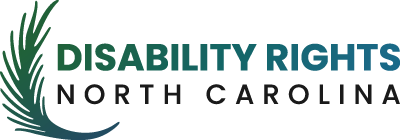About the TBI Justice Database
The goal of the TBI Justice Database is to provide state and territory information in a concise, digestible way that allows people from all backgrounds to view what is happening in the area of brain injury and criminal legal system involvement. The database will be updated as information continues to come in from states. Information currently in the database came from outreach efforts, referrals to reports and studies, interviews with state project investigators and state agencies, and research of academic, criminal legal system, and medical journals. In speaking with state agencies and project investigators we learned about their pilot’s strengths, pitfalls, limitations, and recommendations for improvement. Read the author’s note.
Why a TBI Justice Database?
Upon researching and interviewing states with known programs such as Colorado, Washington, Alabama, and Iowa (to name a few) there was a recurring question for the lead investigators/agencies: ‘Do you know what your neighboring state or any other state is working on?’ Most of them consistently said: ‘We are not too familiar with our neighboring states, however, we are interested in expanding into another sector of our justice system so if there are states out there that have done different sectors of the justice system, we would be interested in discussing.’ This sparked the idea of continuing to research to determine whether a national list of state TBI screening and supportive programs in the criminal legal system has been compiled.
Connecting with the National Association of State Head Injury Administrators (NASHIA), the National Disability Rights Network (NDRN), the Brain Injury Association of America (BIAA) and the Protection and Advocacy (P&A) organizations confirmed that a national list of TBI screening and supportive services programs/pilots and studies has not been collected. With this knowledge, the team set out to assemble studies, pilot, and program information from each state through repeated outreach to their state Brain Injury Association/Alliance, P&A organization, Lead Brain Injury Representative, and State Brain Injury Council.
Individualized state and territory information
The audience the database is intended to serve is varied. We expect primary investigators, brain injury survivors, council members, state representatives, academics, and others to access the database to see what their state, and others, have accomplished. We hope it will assist states connect with others that have worked with populations a state may be looking to expand into. This database is modifiable and will be updated as information from states comes in after publishing.
